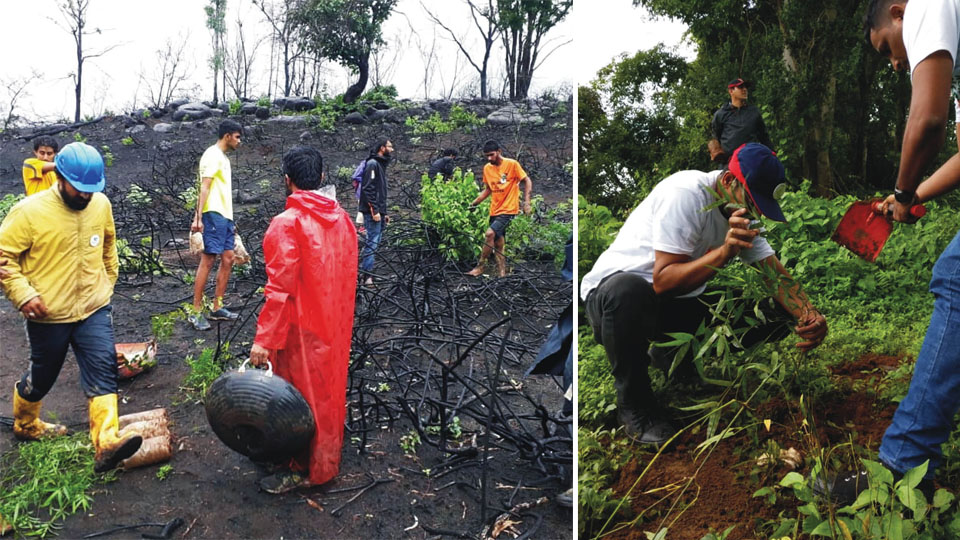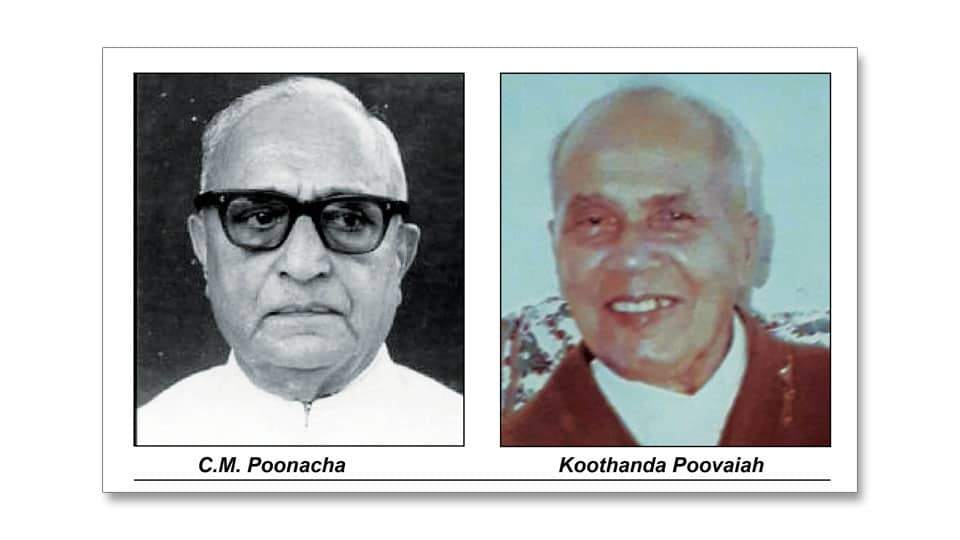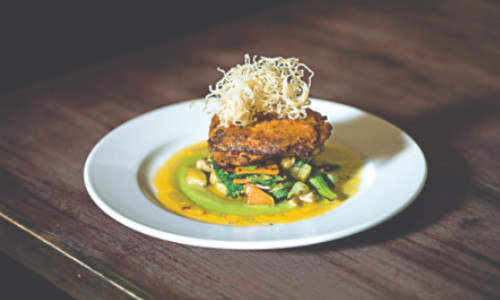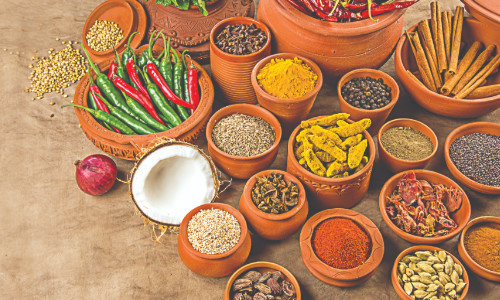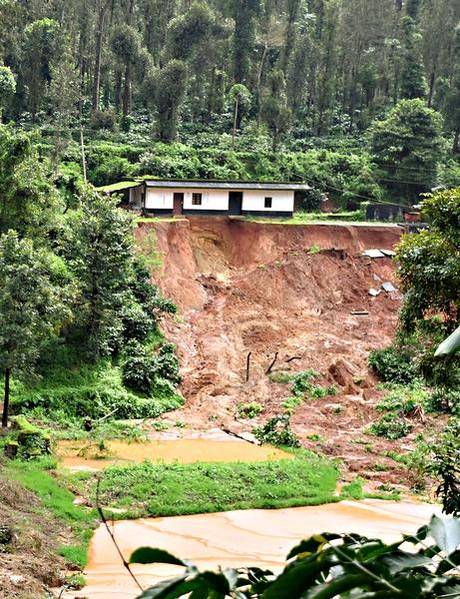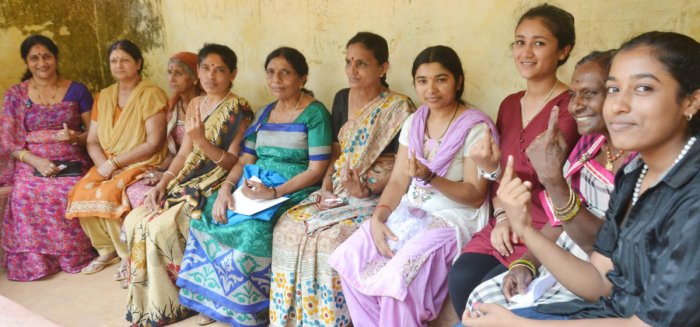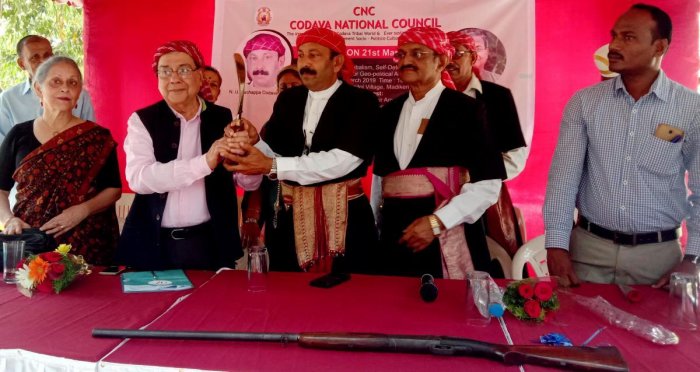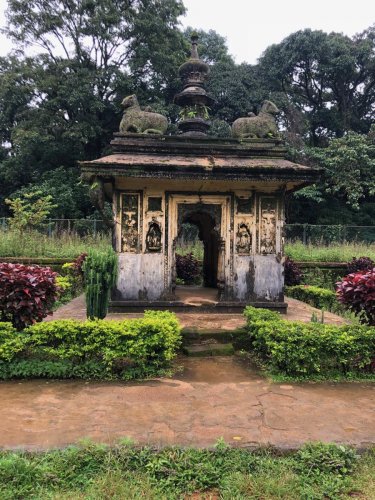I often observe that most people tend to cover the popular and must-see sites or engage in a particular activity when vacationing. Take Coorg for example. Most travelers, including me, have visited this beautiful hill town to discover its rich, aromatic, coffee plantations, stay at a quaint retreat, and do what travel blogs advise us to do. Until I discovered a different characteristic of Coorg in its waterfalls. You heard that right. These sparkling water bodies are the real treasures, hidden from the common sight, waiting to be explored more, but only by those who want to see beyond the obviousness of Coorg. Inspired by my own experience of this unique facet of this scenic hamlet, I made a list of the seven best waterfalls you cannot miss while touring Coorg.
When to travel
While most of these waterfalls are perennial and you can visit them any time of the year, their beauty is enhanced during the monsoon months of June through October. From rocky slopes to thick plantations, or dense mountain bluffs, you will find these waterfalls in various natural settings, each making for a magical sight.
How to explore
The best way to tour Coorg, especially if you want to do a waterfall-hopping trip, is to drive down from the nearest metro city of Bangalore. The taxi fare from Bangalore to Coorg is cheap, and you can easily keep the car with you throughout your tour. Also, when traveling in monsoon, the hilly terrain could be tricky, so I prefer to have an experienced driver take me around instead of me driving.
The Cascades of Coorg
Abbey Falls
About 6 KM from Madikeri town, this is the most popular waterfall of the district and a tourist hotspot. You simply cannot miss this, even if you want to. From the parking area, you have to take a 5-minute walk downhill to reach the falls. During the rainy season, the upper streams of Cauvery River rise in volume and cascade through thick plantations of coffee and spices. For the best view, stop by the hanging bridge, right opposite the falls and enjoy the panorama of cloud-capped mountains.is
Best time to visit: August to November
Timings: 9 AM – 5 PM
Entry Fee: Rs 15 per person.
Iruppu Falls
After Abbey, this is the next best waterfalls in Coorg. About 75 KM south of Madikeri town, Iruppu Falls sits in the Brahmagiri Hills. Note that you cannot drive up to the falls area. Once you park the car at the end of the road, you have to hike for 500 meters, down a steep path. The falls result from the overflowing Lakshmana Tirtha River dropping from a high altitude. The plush surroundings of monsoon greenery and the frothy waters of the falls is definitely a sight to savor.
Chelavara Falls
About 44 KM from Madikeri town, sitting on the edges of the Brahmagiri Wildlife Sanctuary, you will find the rapid torrents of Chelavara. Tucked amidst dense deciduous forests, this waterfall hides in plain sight, away from the prying eyes of commercial tourism. But those who have managed to discover this like me, have found this to be the most picturesque waterfall of all. With its massive size and water volume, especially during the monsoon, the scenic vistas of Chelavara Falls attracts offbeat travelers and trekkers. It is also called the Emepaare or the ‘tortoise’, owing to the shape of the rock at the pool below.
Mallalli falls
To reach this spectacular waterfall of Coorg, you have to drive to Somwarpet. From there, it is another 26 KM, from where you have to trek through forested trails to reach the catchment area of the falls. Nestled within the Pushpagiri hills, this is a sight to savor.
Best time to visit: July to November
Napandapole Falls
This waterfall is truly a treasure to unravel. If you are a true explorer and an adventurous soul, you will love the torrential flow of the Napandapole Falls, dropping from 120 feet, lying at the foothills of the Kote Betta peak. Surrounded by three smaller waterfalls, and set in rocky terrain, this cascade is a great site for rappelling and invites adventurers from all over. There are plenty of unexplored corners around the falls, which also make for a great hiking destination.
Best time to visit: August to December
Burude Falls
This five-step waterfall is a marvelous and stunning site to explore. Trek through the narrow creeks flanked by forests. If you are traveling Coorg during the peak season and looking for a respite from the bustling crowd in town, the Burude Falls and its surroundings can be the perfect spot for a day trip. Drive for about 29 KM from Madikeri town, and then hike for 1 KM to reach the falls.
My travel tips:
If you are traveling directly from the airport, get an affordable and dependable Bangalore airport taxi for your Coorg tour.
When trekking around waterfalls in the monsoon, always wear well-gripping shoes.
Some waterfalls are remotely located, so be prepared for long walks, and stay hydrated.
source: http://www.headlinesoftoday.com / Headlines of Today / Home> Sponsored Content / by Team HOT / August 10th, 2019

